Kokrajhar - The City of Peace

Nestled in the serene foothills of the Eastern Himalayas, Kokrajhar is a charming city in the Bodoland Territorial Region (BTR) of Assam, India. Known as the "City of Peace," Kokrajhar is a vibrant hub of cultural diversity, natural beauty, and historical significance. As the headquarters of BTR, Kokrajhar represents the spirit of unity and harmony among various ethnic communities living in the region. The BTR was formed to protect the rights and culture of the Bodo people while fostering inclusivity and development among all its residents. This unique blend of history and culture makes Kokrajhar a fascinating destination for travellers.
Historically, Kokrajhar has been a significant region for the Bodo community, who are among the earliest settlers of Assam. The city has witnessed many changes that have shaped its current status as the epicenter of Bodo culture and governance. Visitors can explore various sites that tell the story of Kokrajhar's journey, from its tribal roots to becoming an integral part of the state's socio-political fabric. The cultural significance of Kokrajhar extends beyond its historical roots; the city is home to various festivals, dance forms like Bagurumba, and crafts that showcase the rich traditions of the Bodo people and other communities.
Reaching Kokrajhar is convenient, with several options available for travelers. The city is well-connected by road, rail, and air. The nearest airport is Lokpriya Gopinath Bordoloi International Airport in Guwahati, approximately 230 kilometers away. Kokrajhar also has a railway station that links it to major cities like Guwahati, Kolkata, and New Delhi, making it accessible to visitors from across India. Once here, travelers can explore several must-visit places such as Manas National Park, Chakrashila Wildlife Sanctuary, and the scenic Champa Falls, each offering a unique experience of nature and tranquility.
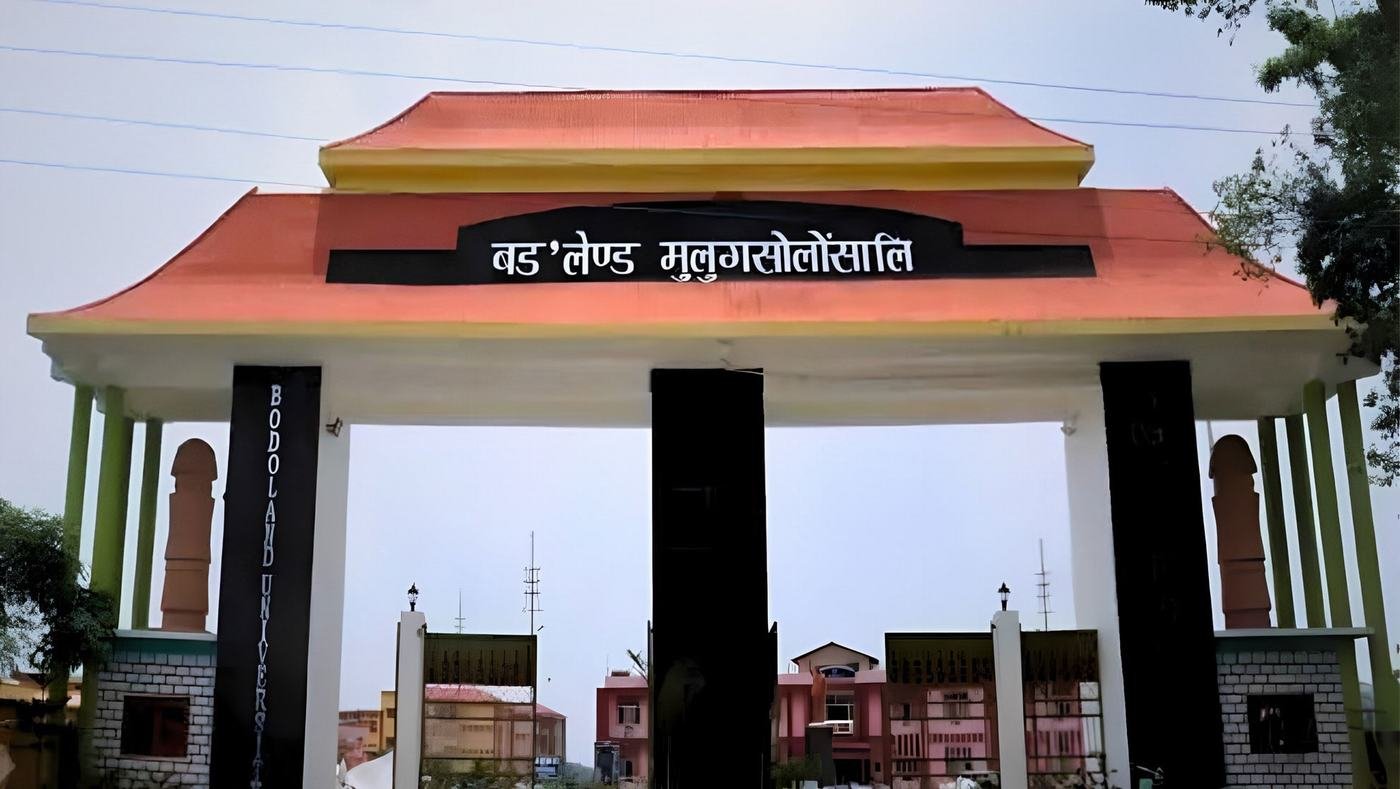
Kokrajhar offers a variety of accommodation options to suit different preferences and budgets. From comfortable hotels and guesthouses to traditional homestays, visitors can experience warm hospitality and local flavors during their stay. Some popular places to stay include the Bodoland Guest House, Cygnett Park, and local eco-lodges that provide a more immersive experience of the region's natural surroundings. Whether you're here to delve into the rich cultural tapestry, explore the natural landscapes, or simply unwind in a serene environment, Kokrajhar, the City of Peace, offers an unforgettable journey.
Culture of Kokrajhar
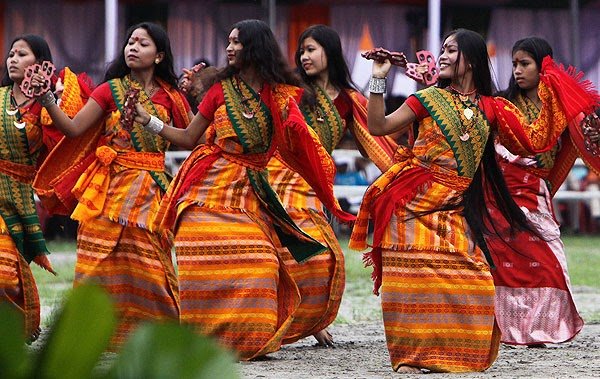
Kokrajhar, located in the western part of Assam, is a vibrant cultural hub with a rich tapestry of traditions, art, and heritage that reflects the diversity and spirit of the Bodo community, the predominant ethnic group in the region. One of the most captivating aspects of Kokrajhar's culture is its traditional dance forms. The Bagurumba dance, often referred to as the "butterfly dance," is the most celebrated dance form of the Bodos. This dance, characterized by graceful movements that mimic the fluttering of butterflies, is performed by young women dressed in colorful traditional attire. Accompanied by folk songs and indigenous musical instruments like the Kham (a traditional drum), Sifung (a bamboo flute), and Serja (a bowed string instrument), the Bagurumba dance is a visual and auditory delight that captures the essence of Bodo folklore and traditions.
The music of Kokrajhar is deeply connected to its cultural identity, with the use of traditional instruments that have been passed down through generations. Instruments like the Khawang (cymbals), Jotha (a bamboo-based instrument), and Gongona (a wind instrument) play a crucial role in the folk music of the region. Music is an integral part of social and cultural celebrations, from festivals and weddings to the Bwisagu, the Bodo New Year, where rhythmic beats and melodies fill the air, uniting people in joy and celebration.
Kokrajhar is also renowned for its exquisite handicrafts and handloom products, reflecting the artistic skills and creativity of the local artisans. The Bodo community is known for weaving vibrant and intricate patterns into fabrics using traditional looms. One of the most iconic handloom products from Kokrajhar is the Aronai, a colorful scarf or stole that holds significant cultural importance. The Aronai is worn during special occasions, ceremonies, and as a symbol of respect. Its intricate designs and patterns, often featuring geometric shapes and motifs inspired by nature, showcase the weavers' craftsmanship and the region's rich cultural heritage.

In addition to the Aronai, the Bodos also weave beautiful dokhonas (traditional wraps worn by women) and gamosas (a traditional Assamese cloth), which are known for their vibrant colors and unique designs. The weavers of Kokrajhar use organic dyes and natural fibers to create these fabrics, ensuring sustainability and promoting eco-friendly practices. Handicrafts like bamboo and cane products, pottery, and wood carvings are also integral to the local economy, adding to the cultural wealth of Kokrajhar.
Tourism in Kokrajhar
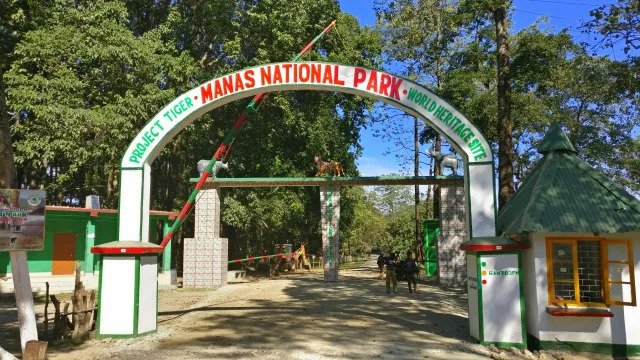
Kokrajhar is not only a cultural treasure trove but also a haven for nature and wildlife enthusiasts. The district is home to several must-visit sites that showcase the natural beauty and biodiversity of the region. One of the most notable attractions is the Manas National Park, a UNESCO World Heritage Site located on the foothills of the Himalayas. This park is renowned for its diverse flora and fauna, including endangered species like the Assam roofed turtle, pygmy hog, and the golden langur. The park's stunning landscape, with its lush green forests, grasslands, and the Manas River meandering through it, makes it a paradise for wildlife photographers and nature lovers.
Another gem in Kokrajhar is the Chakrashila Wildlife Sanctuary, a unique area known for its waterfalls, dense forests, and being one of the two places in India where the endangered golden langurs live. This sanctuary is a sanctuary for bird watchers, with its diverse avian population, including the Indian hornbill and other rare species. The sanctuary offers a serene environment where visitors can immerse themselves in nature, explore trekking routes, and enjoy the cascading waterfalls and breathtaking views.
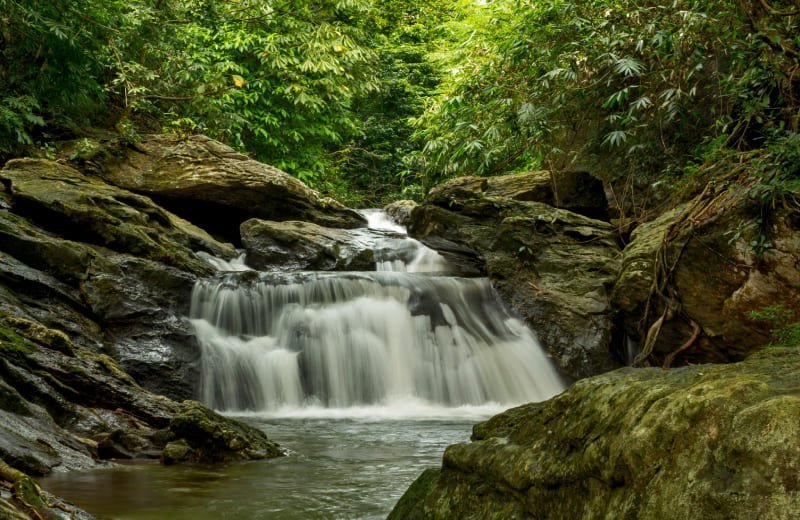
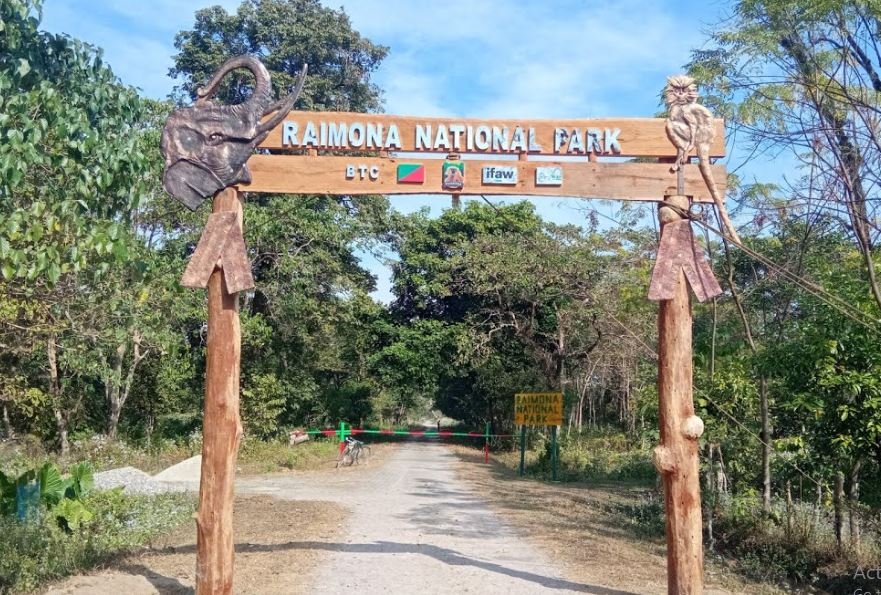
Raimona National Park, another newly designated park, offers a rich experience of Assam's wildlife and forest landscapes. This park is part of the Eastern Himalayan biodiversity region, known for its dense forests, flowing rivers, and varied wildlife. It provides a quieter, more intimate wildlife experience and is home to elephants, wild water buffalo, and a plethora of bird species.
Daimalu Park is a tranquil park that offers a serene environment for relaxation and leisure, while the Thandwai Brahma Memorial Park provides a space for visitors to understand the rich cultural and historical background of the Bodo community. The park, named after a prominent Bodo leader, is a place of reflection and cultural education, featuring beautiful sculptures and installations that represent the Bodo way of life. For those interested in spirituality and history, the Mahamaya Temple is a must-visit. This ancient temple is one of the most revered religious sites in Assam, attracting devotees from across the region. The temple's serene surroundings and architectural beauty provide a peaceful retreat for spiritual seekers and history enthusiasts alike. The rich blend of nature, culture, and history in Kokrajhar makes it an ideal destination for those looking to explore the unexplored gems of Assam. Kokrajhar, with its blend of cultural heritage, natural beauty, and vibrant traditions, offers a unique experience for travelers. Whether you are an adventure seeker, a wildlife enthusiast, or a cultural explorer, this beautiful region has something to offer for everyone.
Bihu: The Vibrant Festival of Assam
Bihu is a series of three festive occasions celebrated in Assam, India, marking the beginning of the new season. It's a time for joy, music, dance, and feasting.
Types of Bihu
- Rongali Bihu (April) Celebrates the arrival of spring and the beginning of the new harvest season.
- Kongali Bihu (October) Marks the end of the harvest season and the beginning of winter.
- Bhogali Bihu (January) Celebrates the end of the harvest season and the beginning of the new year.
Traditions
- Traditional Dance: Bihu dance, a lively and energetic performance.
- Music: Folk songs and instruments like the dhol (drum) and pepa (flute).
- Food: Traditional delicacies like pitha (rice cakes), jol moolar bhaja (fried fish), and laru (sweetmeat).
- Community Celebrations: Family gatherings, community feasts, and cultural events.
Significance
Bihu symbolizes the cycle of life, growth, and renewal. It strengthens community bonds, promotes cultural heritage, and showcases Assam's rich traditions.
Gumrag Dance of Assam: A Traditional Delight
Gumrag, a traditional dance form of Assam, is a mesmerizing display of rhythmic movements and energetic beats. Originating from the state's rural areas, Gumrag is typically performed during festivals and celebrations, showcasing the vibrant cultural heritage of Assam. This dynamic dance form is deeply rooted in the state's folk traditions and has been an integral part of Assamese culture for centuries.
Characterized by rapid footwork, intricate hand gestures, and dynamic body movements, Gumrag dance is accompanied by traditional instruments like the dhol (drum), pepa (horn), and gogona (bamboo flute). The dance is usually performed by men, dressed in traditional Assamese attire, including the dhoti, gamocha, and turban. The dancers' energetic movements and vibrant costumes create a captivating spectacle that showcases the rich cultural diversity of Assam.
Gumrag dance holds significant cultural importance in Assam, promoting social bonding, community unity, and artistic expression. It is an integral part of various festivals and celebrations, including the Bihu festival, where it is performed with great enthusiasm and fervor. The dance form has also evolved over time, incorporating various styles and influences, yet retaining its traditional essence.